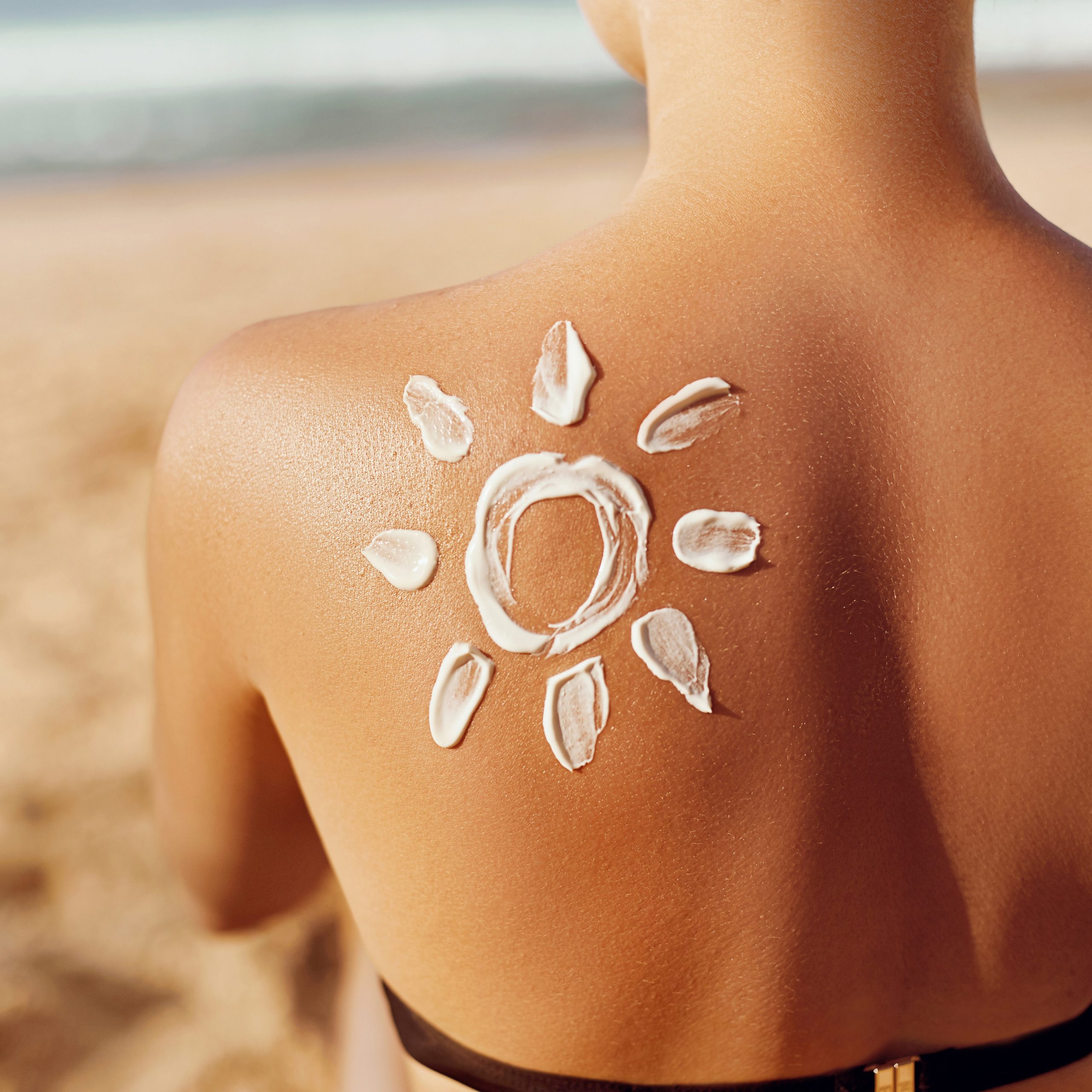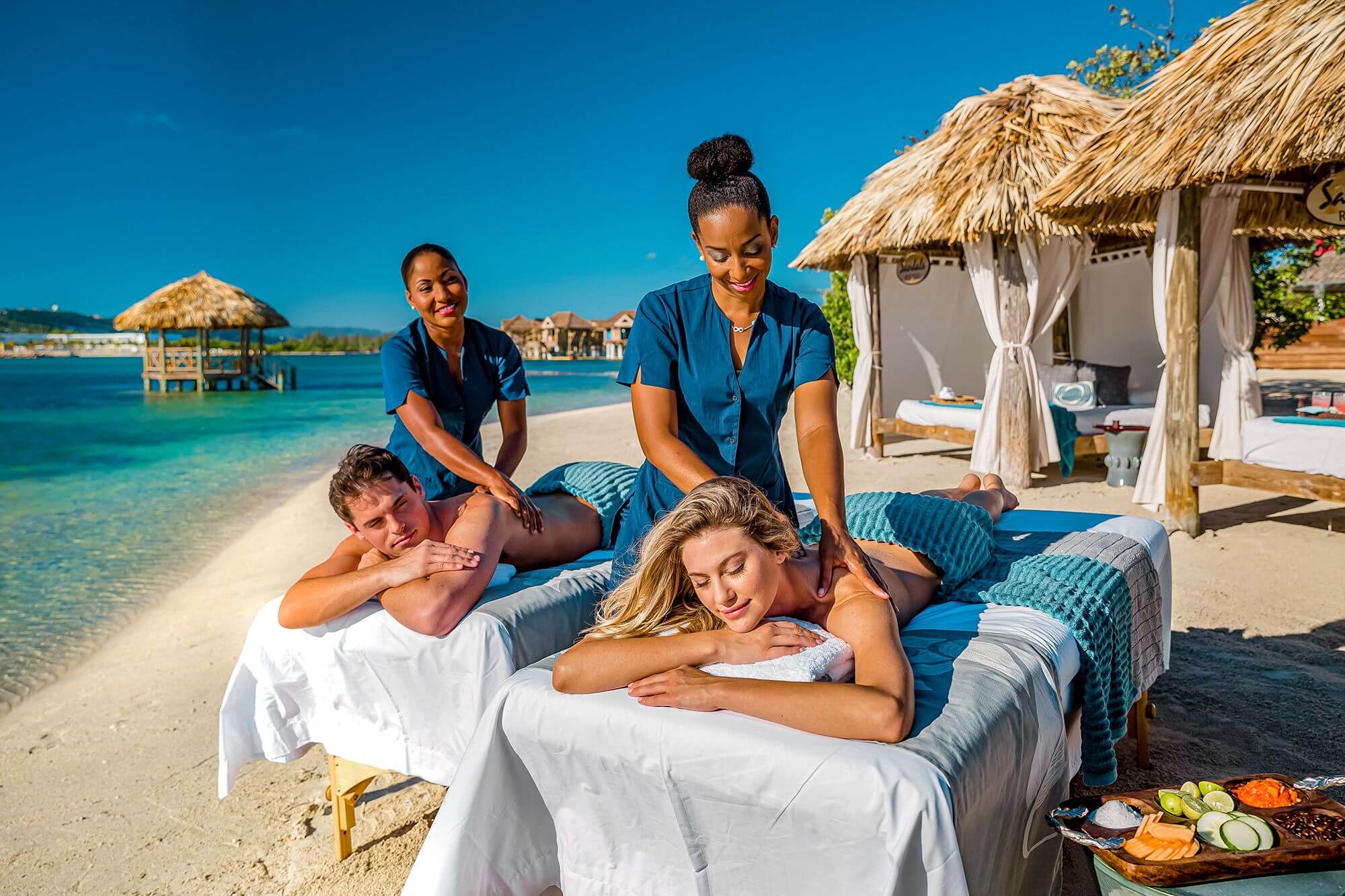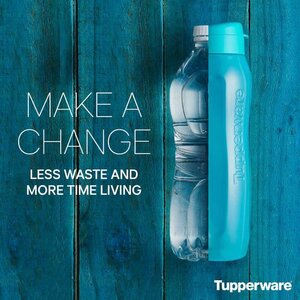The finest natural sunscreens are a smart choice for both your skin and the environment, whether you’re worried about your own health or the health of the globe in general. These mineral-based SPFs are worth bringing on your next beach vacation or trek because they are made to be free of certain chemicals and kind to sensitive skin.
NO RETINYL PALMITATE
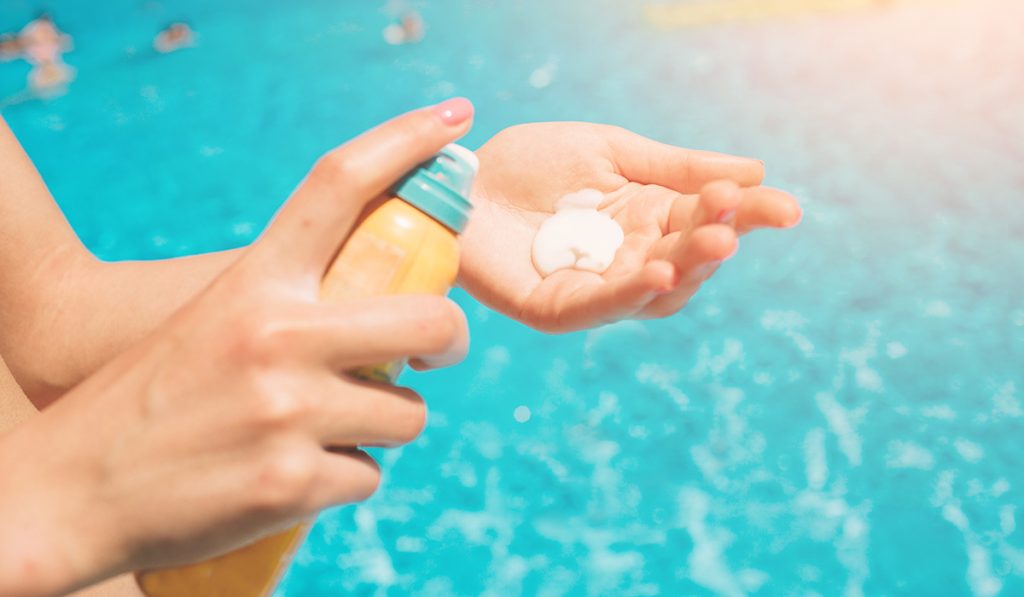
Retinyl palmitate is a contentious additive. This vitamin A derivative is frequently added to cosmetics for its antiaging properties, but current research indicates that when applied to skin that has been exposed to the sun, it may hasten the development of cancer. Retinyl palmitate is broken down into metabolites that are harmful to the DNA of the skin by the sun’s UVA radiation, according to studies, making it unsafe to combine it with sunscreen.
SPF30 +
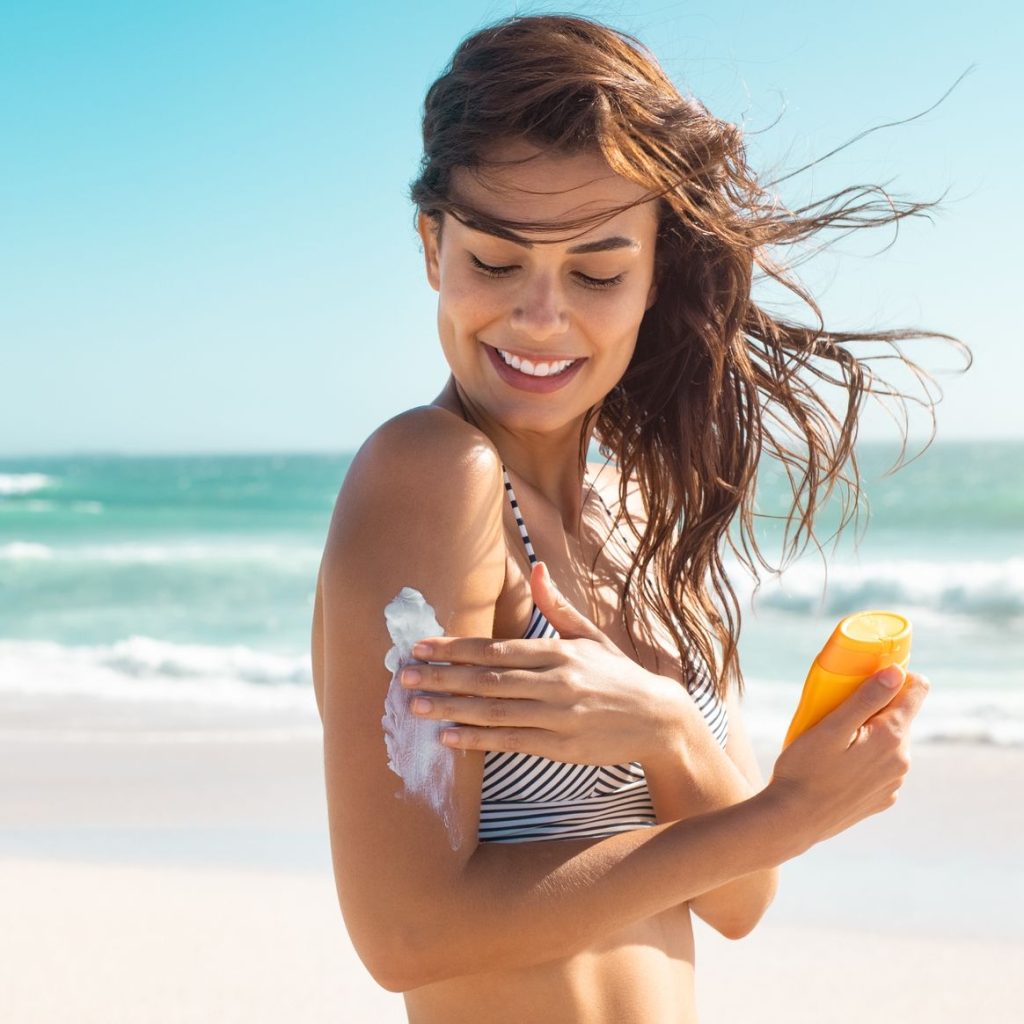 The most crucial thing to consider when picking a sunscreen is the sun protection factor (SPF), which measures how well sunscreen protects against UV rays. Dermatologists advise using sunscreen with an SPF of 30 or higher to all exposed skin. Choosing a higher SPF is useful since most individuals underapply sunscreen. According to one study, persons who used sunscreen with an SPF of 100 or higher for six hours in the sun saw 27% less skin damage than those who wore sunscreen with an SPF of 50 or less.
The most crucial thing to consider when picking a sunscreen is the sun protection factor (SPF), which measures how well sunscreen protects against UV rays. Dermatologists advise using sunscreen with an SPF of 30 or higher to all exposed skin. Choosing a higher SPF is useful since most individuals underapply sunscreen. According to one study, persons who used sunscreen with an SPF of 100 or higher for six hours in the sun saw 27% less skin damage than those who wore sunscreen with an SPF of 50 or less.
BROAD SPECTRUM
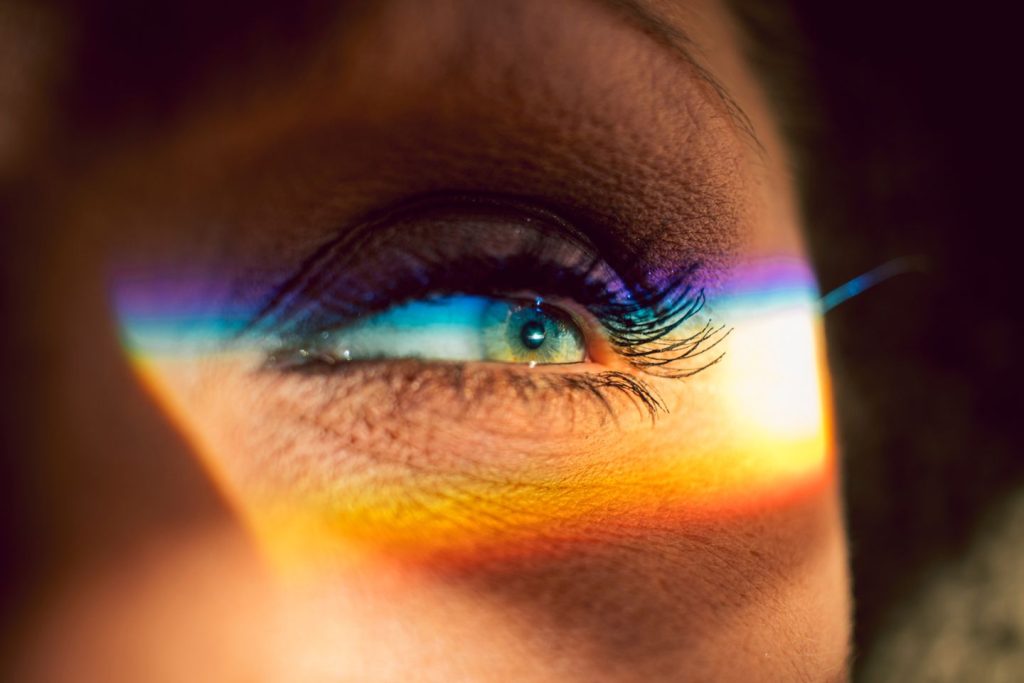 Both visible and ultraviolet (UV) waves are emitted by the sun. To get comprehensive protection against UVB-induced sunburns, as well as cancer-causing UVA and UVB radiation, choosing a broad spectrum sunscreen is essential. The ability of natural, mineral-based sunscreens to prevent hyperpigmentation and other skin sensitivities brought on by visible light is an additional advantage. To reflect visible light waves, the idea is to pick a natural sunscreen with a mineral-based tint.
Both visible and ultraviolet (UV) waves are emitted by the sun. To get comprehensive protection against UVB-induced sunburns, as well as cancer-causing UVA and UVB radiation, choosing a broad spectrum sunscreen is essential. The ability of natural, mineral-based sunscreens to prevent hyperpigmentation and other skin sensitivities brought on by visible light is an additional advantage. To reflect visible light waves, the idea is to pick a natural sunscreen with a mineral-based tint.
APPROVED RATINGS
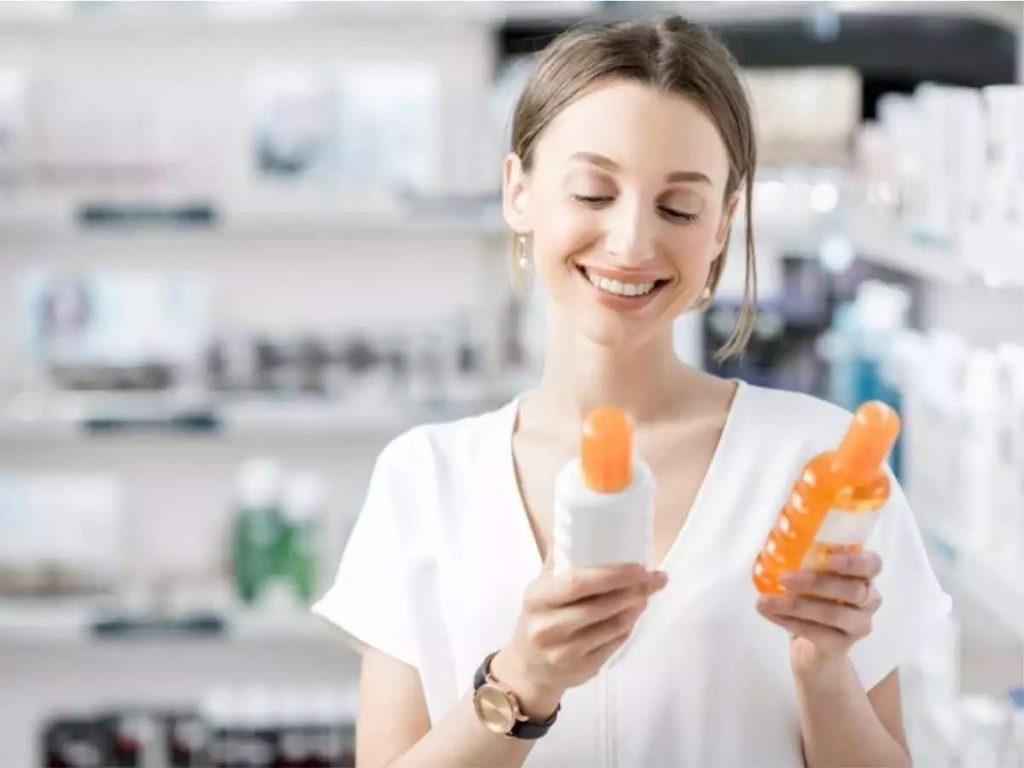 It might be difficult to choose a sunscreen from a shelf full of options. Search for a sunscreen that has received the seal of approval from a reputable scientific organization, such as the Environmental Working Group, to focus only on the finest choices (EWG). In their 2021 research on sunscreen, the EWG examined 51 different products and found that, on average, the UVA protection provided by sunscreen only functioned at 25% of the SPF indicated on the label.
It might be difficult to choose a sunscreen from a shelf full of options. Search for a sunscreen that has received the seal of approval from a reputable scientific organization, such as the Environmental Working Group, to focus only on the finest choices (EWG). In their 2021 research on sunscreen, the EWG examined 51 different products and found that, on average, the UVA protection provided by sunscreen only functioned at 25% of the SPF indicated on the label.
ENVIRONMENTAL SAFETY
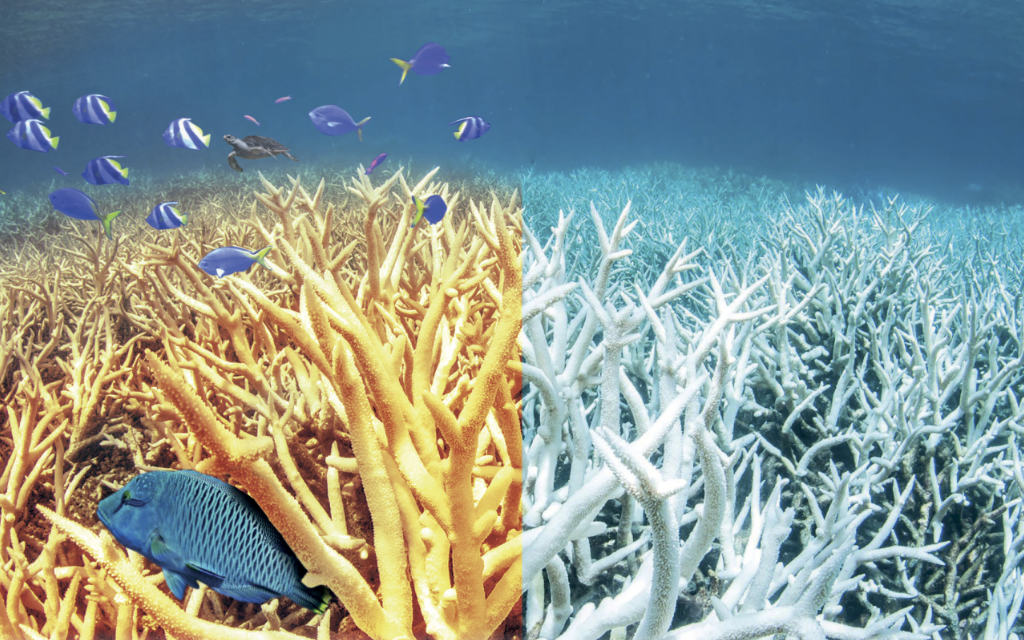 By selecting a sunscreen that is ecologically friendly, you may lessen your influence on the lakes, rivers, and seas. Nowadays, the majority of the world’s rivers include the chemical UV filters oxybenzone, octocrylene, octinoxate, and ethylhexyl salicylate, which have an impact on the fish and coral reef ecosystems there. It is our obligation to refrain from using these substances since they are so persistent that wastewater treatment facilities frequently cannot remove them from the water.
By selecting a sunscreen that is ecologically friendly, you may lessen your influence on the lakes, rivers, and seas. Nowadays, the majority of the world’s rivers include the chemical UV filters oxybenzone, octocrylene, octinoxate, and ethylhexyl salicylate, which have an impact on the fish and coral reef ecosystems there. It is our obligation to refrain from using these substances since they are so persistent that wastewater treatment facilities frequently cannot remove them from the water.
NON-COMEDOGENIC
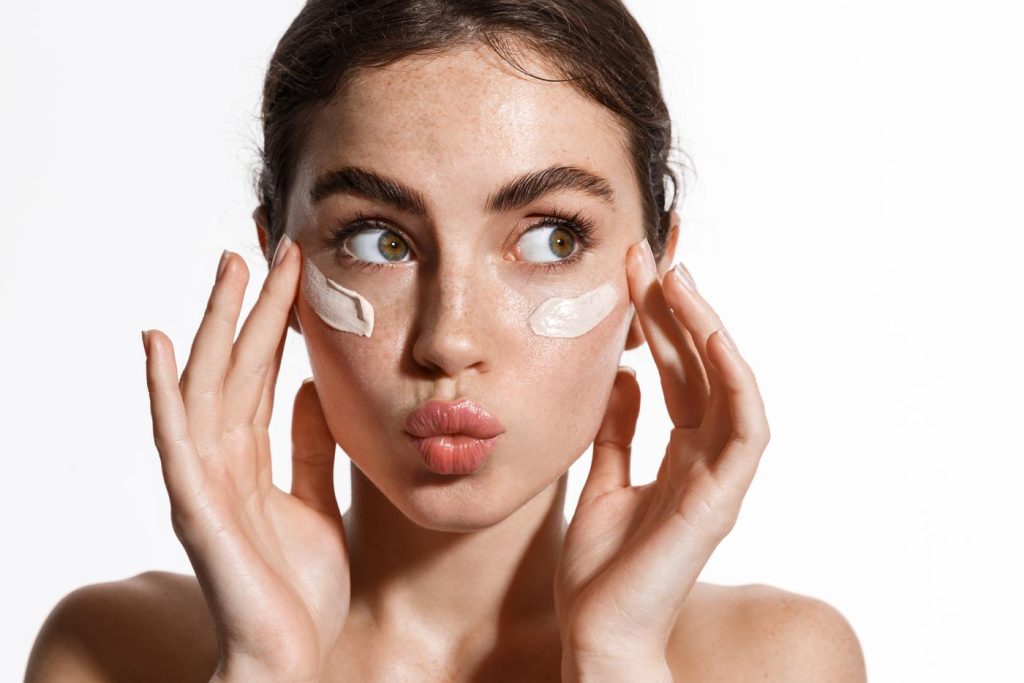 It’s not necessary to sacrifice clean pores in order to protect your skin from UV rays. Some sunscreen chemicals can irritate acne-prone people’s skin and cause outbreaks. Dermatologists advise applying a non-comedogenic sunscreen that won’t clog pores rather than going without because sun exposure is a common cause of acne. Anybody with sensitive skin should choose a fragrance-free alternative.
It’s not necessary to sacrifice clean pores in order to protect your skin from UV rays. Some sunscreen chemicals can irritate acne-prone people’s skin and cause outbreaks. Dermatologists advise applying a non-comedogenic sunscreen that won’t clog pores rather than going without because sun exposure is a common cause of acne. Anybody with sensitive skin should choose a fragrance-free alternative.
CREAM OR STICK FORM
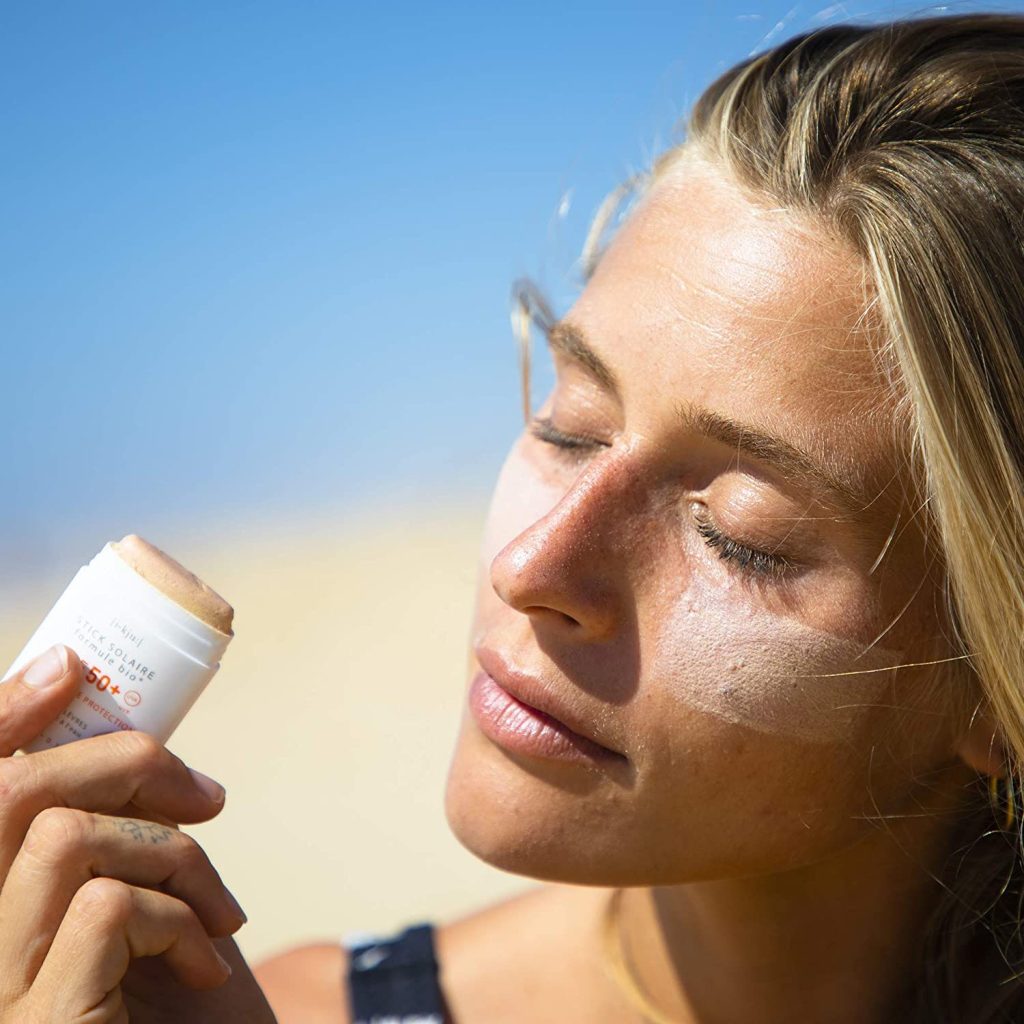 Even though spray sunscreen can be applied quickly, the airborne particles are much too simple to breathe in.
Even though spray sunscreen can be applied quickly, the airborne particles are much too simple to breathe in.
An aerosol sunscreen’s tiny mist might go deep inside your lungs. Even the natural sunscreen ingredient titanium dioxide, which is a mineral, may turn harmful when breathed, causing lung inflammation and the development of malignant cells. A cream or stick sunscreen is best to protect your whole health (not just your skin).
EXPIRATION DATE
 Sunscreen marketed in the US and Canada has an expiration date for a good reason. During three years of manufacture, sunscreen normally becomes unstable—and when exposed to heat, this process happens much quicker. It’s dangerous to use sunscreen that has expired since it can result in unanticipated UV damage. Get the most of your sunscreen investment by making sure you have at least a few years to utilize it by checking the expiration date.
Sunscreen marketed in the US and Canada has an expiration date for a good reason. During three years of manufacture, sunscreen normally becomes unstable—and when exposed to heat, this process happens much quicker. It’s dangerous to use sunscreen that has expired since it can result in unanticipated UV damage. Get the most of your sunscreen investment by making sure you have at least a few years to utilize it by checking the expiration date.
SUNSCREEN ONLY
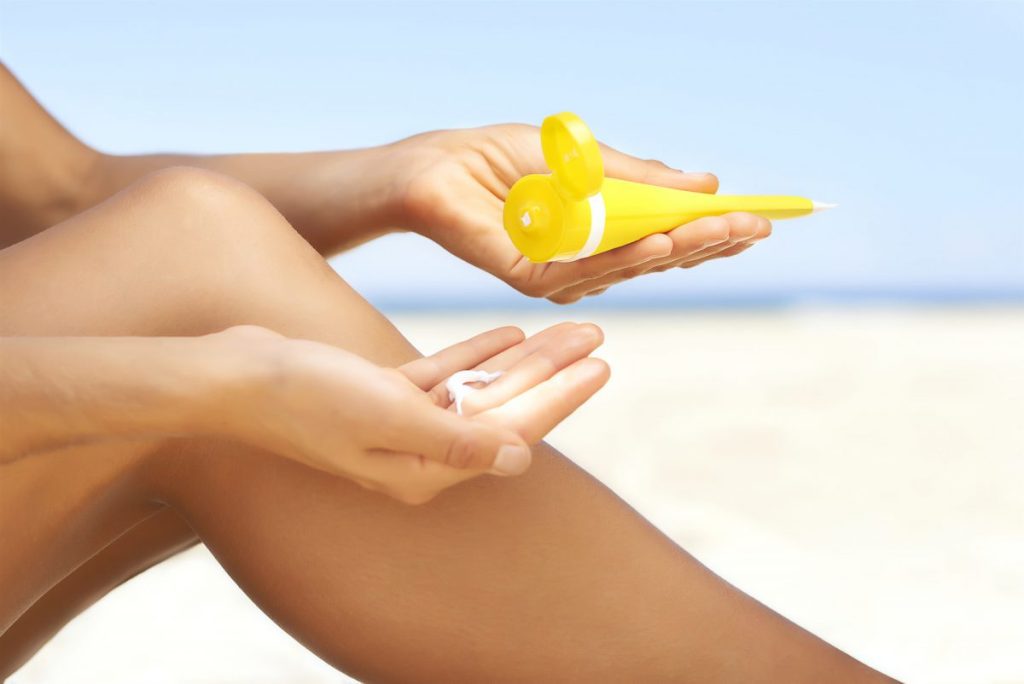 Insect protection and sunscreen are often required during a summer in the outdoors. Although two-in-one items can help you carry lighter, the Centers for Disease Control and Prevention advise against using them. Unlike repellent, which may cause overexposure to DEET, picaridin, or other repellent compounds, sunscreen should be reapplied every two hours and in greater quantities. Using a natural sunscreen first, then bug repellent when necessary, is what experts advise.
Insect protection and sunscreen are often required during a summer in the outdoors. Although two-in-one items can help you carry lighter, the Centers for Disease Control and Prevention advise against using them. Unlike repellent, which may cause overexposure to DEET, picaridin, or other repellent compounds, sunscreen should be reapplied every two hours and in greater quantities. Using a natural sunscreen first, then bug repellent when necessary, is what experts advise.
OXYBENZONE-FREE
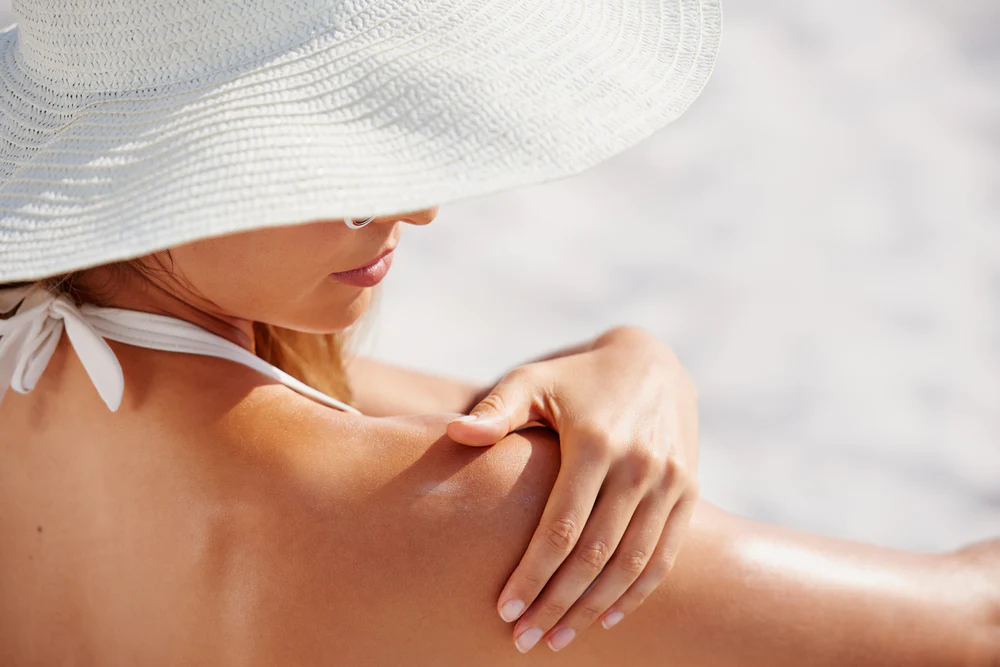 Sunscreen use shouldn’t come at the expense of other areas of health! Changes in thyroid hormones, testosterone levels, and renal function have been related to some sunscreen compounds, such as oxybenzone. After application, oxybenzone can linger in the body for days since it enters the skin deeply. With just one application of sunscreen, subjects in one research were found to have blood oxybenzone levels 500 times higher than the permitted limit.
Sunscreen use shouldn’t come at the expense of other areas of health! Changes in thyroid hormones, testosterone levels, and renal function have been related to some sunscreen compounds, such as oxybenzone. After application, oxybenzone can linger in the body for days since it enters the skin deeply. With just one application of sunscreen, subjects in one research were found to have blood oxybenzone levels 500 times higher than the permitted limit.


